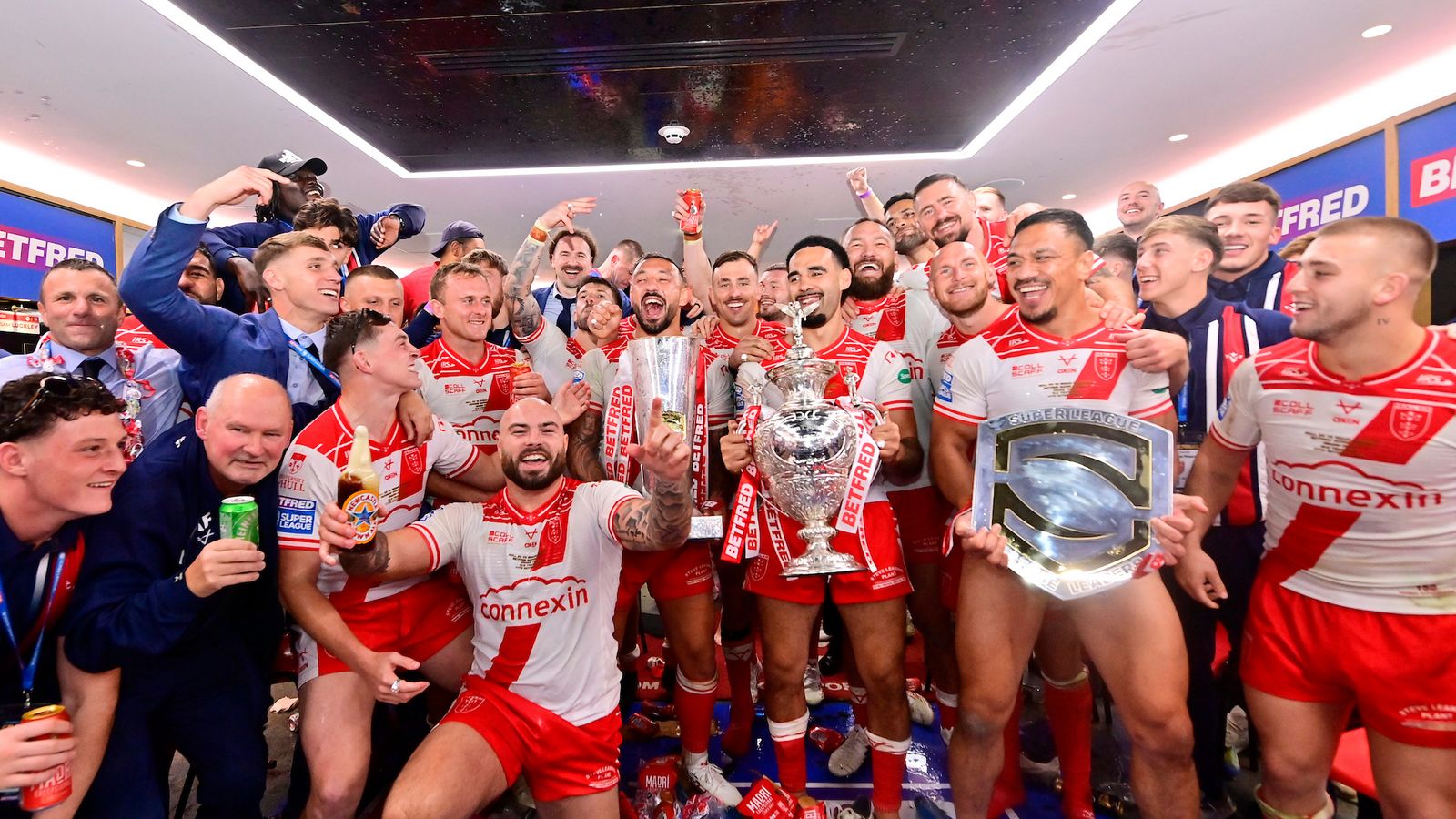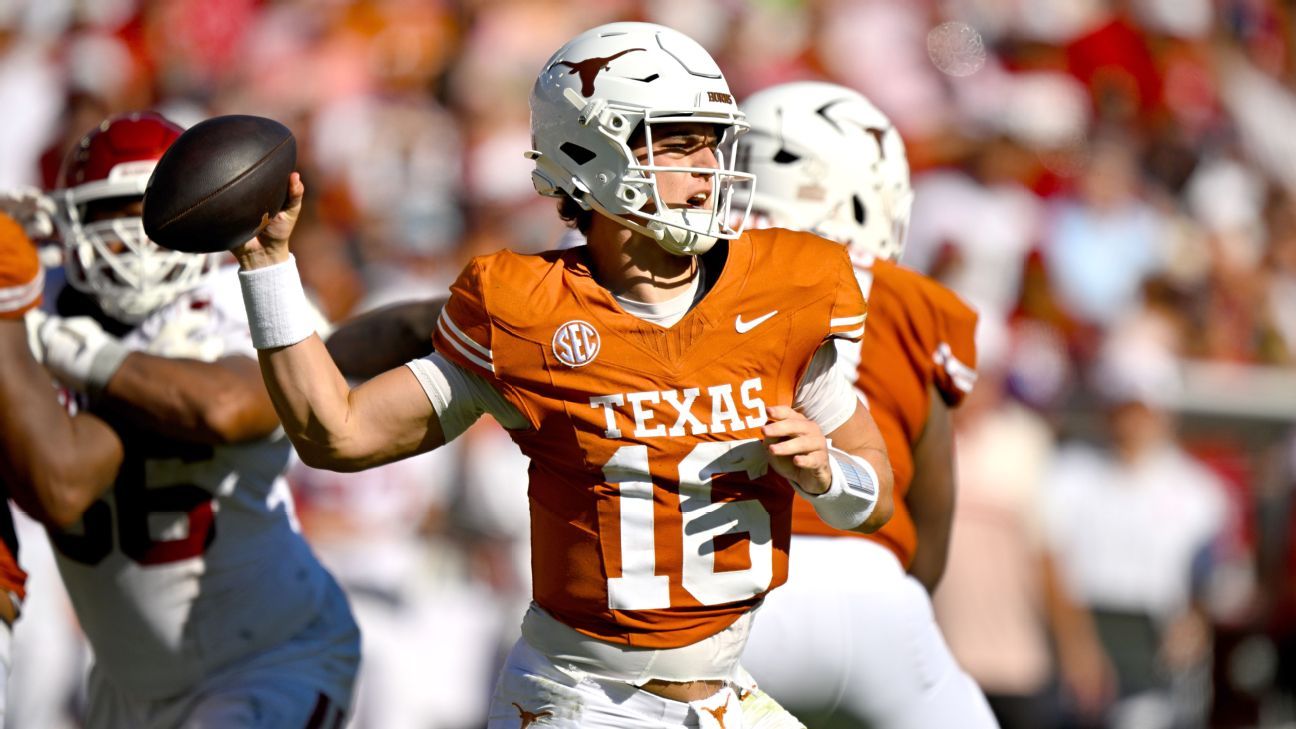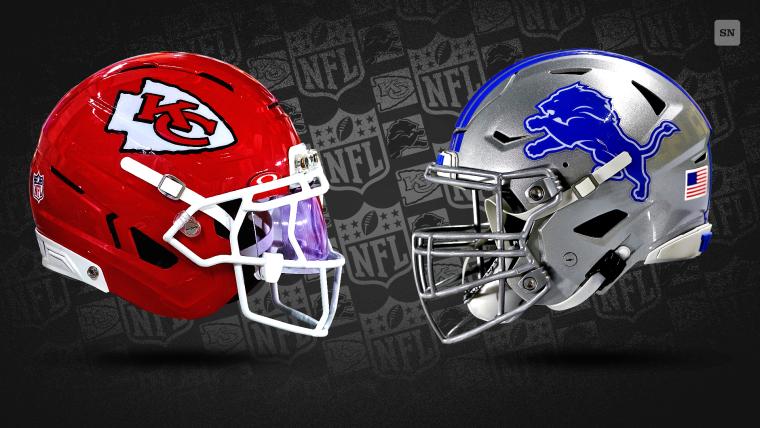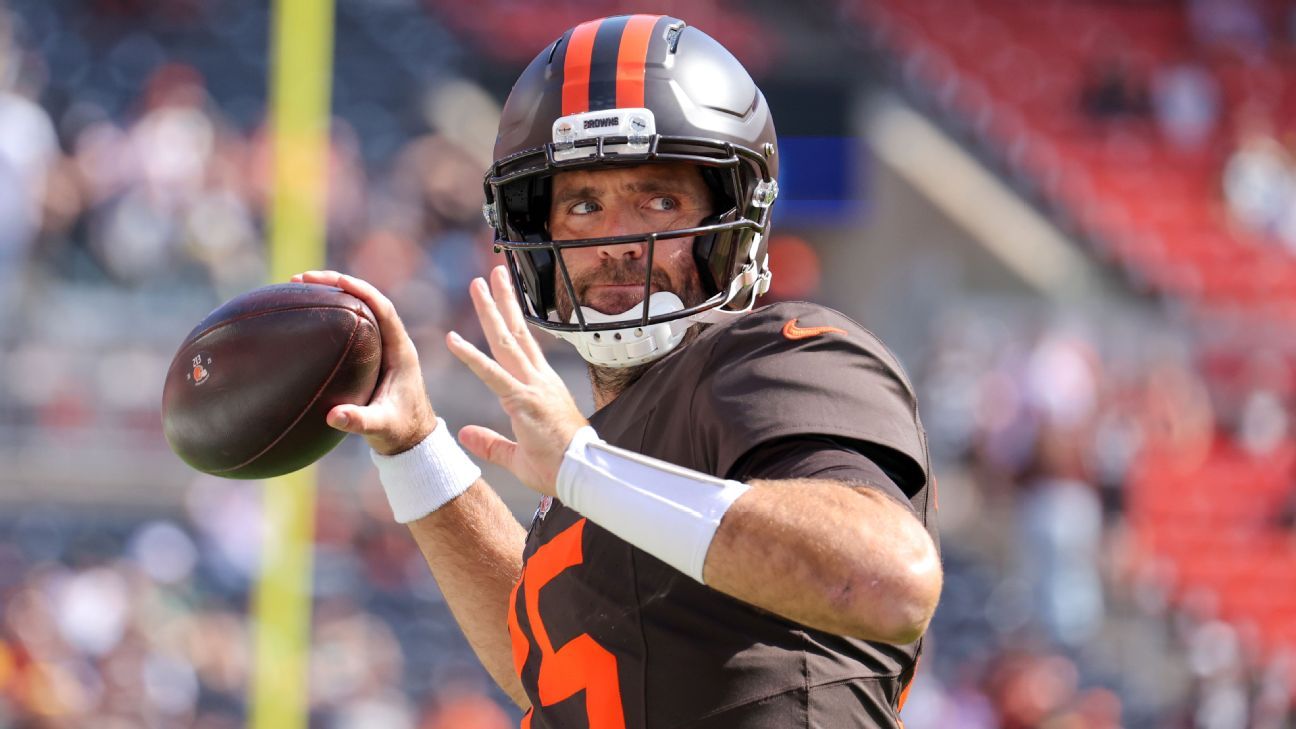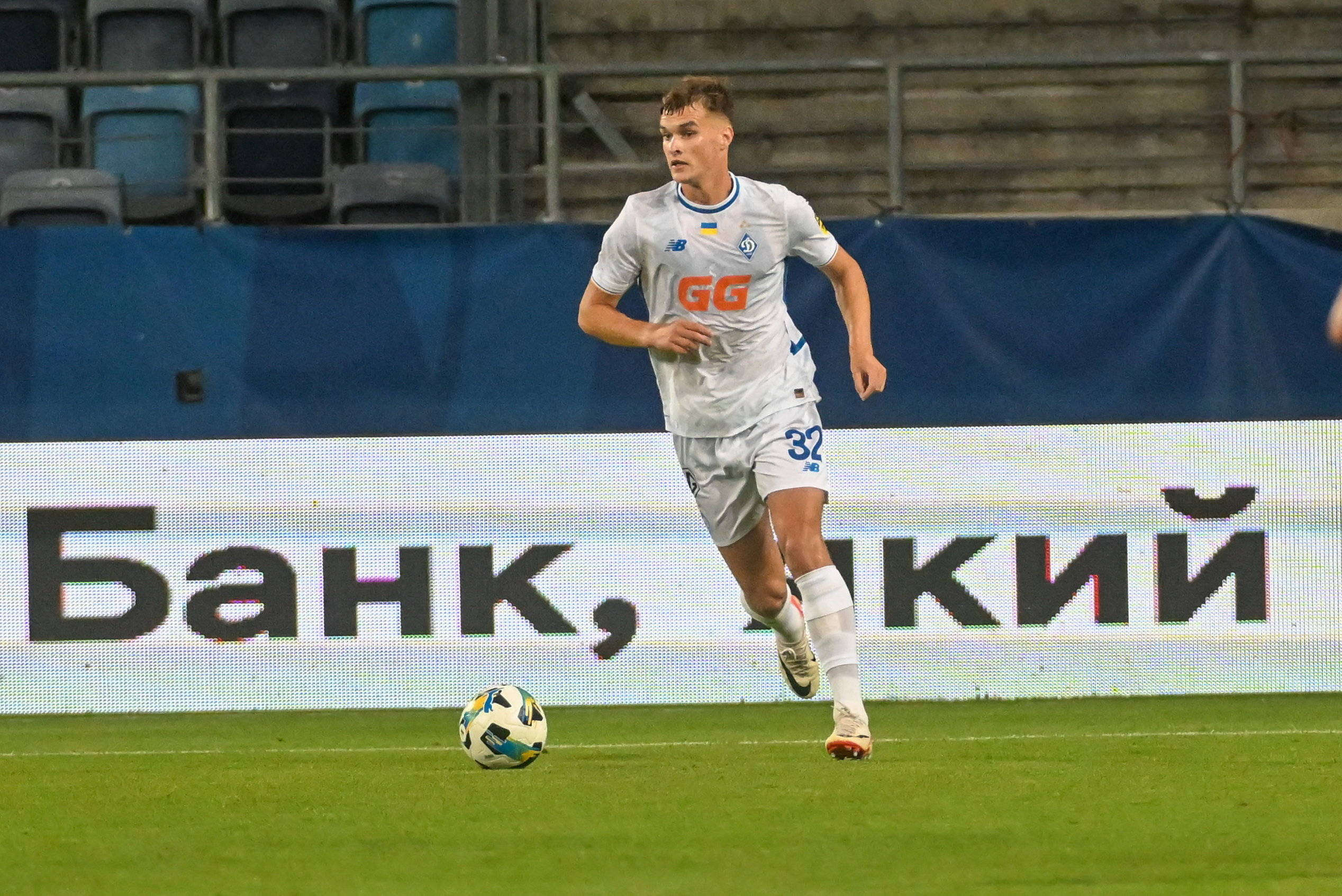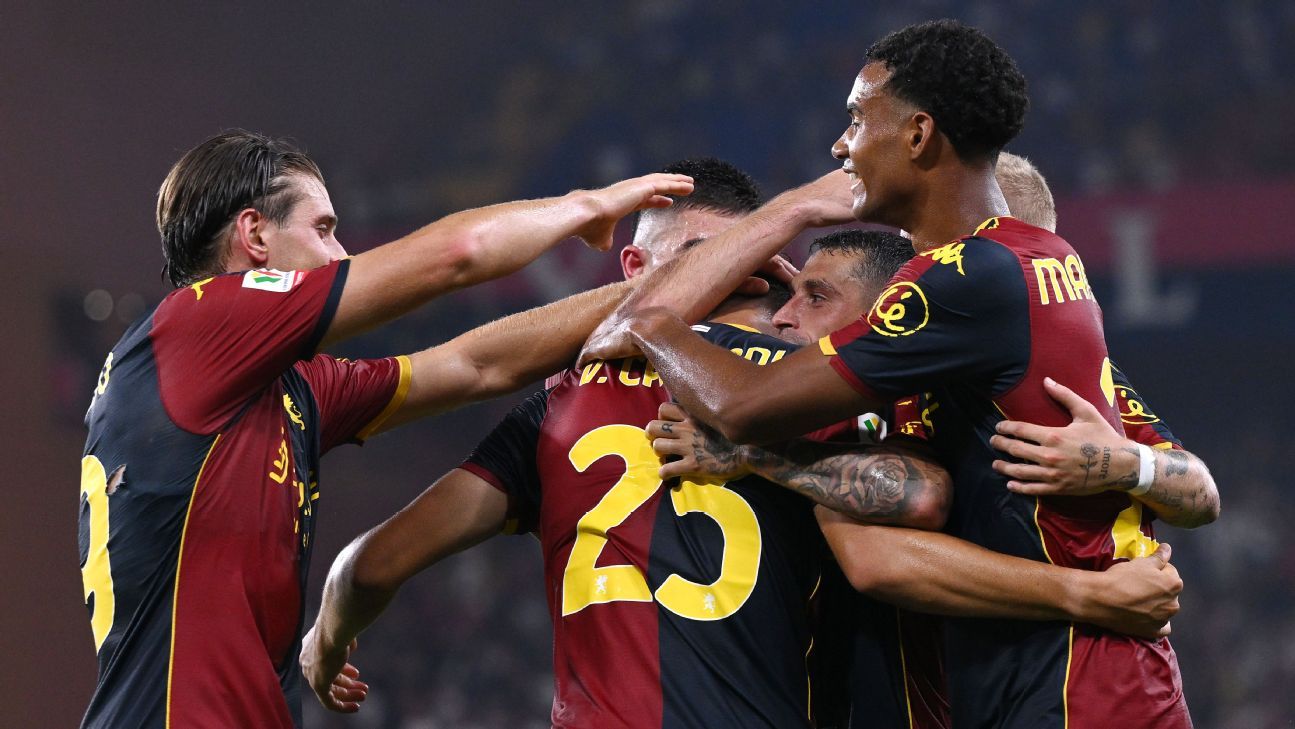
Alessandro Galleni has been Genoa’s chief strategy officer since November 2022. The club has a glorious past — only Milan, Inter and Juventus have won more Serie A titles — but in the present, Genoa have to work hard to keep up with bigger, better-resourced clubs. Recruitment and budgeting are crucial.
Here, Galleni shares seven truths about how the transfer window works.
No. 1: Players aren’t commodities and there really is no such thing as a ‘market rate’
Plenty of factors go into determining a transfer fee: wages, length of contract, age, position, whether a club has a need to acquire a player or has a need to offload, what the budget is, and how far along the player is in his development. Galleni says there’s a premium for upside: an exceedingly athletic player might be able to improve technically and therefore be worth the investment. (The opposite — a very technically gifted player who becomes a better athlete — is far rarer.)
“Right up until age 23 or so, some players can improve physically, becoming stronger, fitter and quicker,” says Galleni. “Some mature faster than others, you have to figure out where they are on their development pathway.”
Beyond that, he cites Mateo Retegui, a player Genoa acquired from Argentina’s Boca Juniors for €12m in 2023-24, transferred to Atalanta for €22m plus €3m in bonuses a year later and has now moved to Al-Qadsiah in Saudi Arabia for €60m, plus €7m in bonuses. It’s not as if Retegui, in the space of two seasons, has improved fivefold.
– Marcotti: The little-known FIFA rule that helps Alexander Isak
– Connelly: Early season overreactions in European soccer
– Striker domino effect: How Liverpool, Chelsea, Man United and others net out
Retegui scored seven goals for Genoa — not a huge amount, but he was on a conservative side that didn’t necessarily provide the sort of service he needed. Atalanta realized he would be far more prolific in their system, which was more attacking and featured plenty of crosses. Genoa knew that Atalanta had some money to spend, so they held out for the best transfer fee they could get. Retegui went on to become the top scorer in Serie A, proved himself in the Champions League and then left for a huge transfer fee to Al-Qadsiah in the Saudi Pro League, where budgets are even higher.
In other words, the progression in the fees paid for his contract wasn’t just a function of his growth as a player, but the result of a range of other factors.
No. 2: Ideally, teams could deal with clubs directly when transferring players, but sometimes they are better off using intermediaries
Galleni says that within Italy, Genoa generally don’t use intermediaries, preferring to deal club-to-club. But the game is global and only the biggest clubs migiht have contacts or a scouting presence in every league or on every continent.
“We scout around the world, but we’re not going to know what each team needs or what players might be available from each club,” he said. “Somebody will call and suggest players to us who might be available. Or they’ll ask about our players on behalf of other clubs. Usually we deal with intermediaries who know one or two leagues well. In some markets where we’ve done a lot of business, we don’t necessarily need this. A lot depends on personal relationships: who you trust and who has the right connections in the right markets.
“If I have, say, a promising striker in my youth team who needs to go on loan to get first-team football I’m not going to know off the top of my head what clubs in, say, the Austrian top division or the French second division are looking for a forward. An intermediary will offer that service. Of course, these days, there are also online services that match clubs with players. It’s very much a global game.”
No. 3: Managers, by necessity, tend to think shorter term while clubs have to think medium and long term. You have to find a way for these goals to align
There’s also the reality that unless you’re at a very top club, your manager is unlikely to stick around for an extended period: if he does well, he’ll move to a bigger club and if he does poorly, he will be sacked. A club like Genoa aims to be competitive, but will necessarily look to bring in players they can develop and later shift at a profit to help cover their operating expenses.
The manager has to fit into that strategy, and the club emphasizes it has a profile of the sort of manager it wants. Not coincidentally he’s proud of the fact that Genoa ranked sixth among clubs in Europe’s Big Five leagues for first-team minutes played by Under 18s last season.
“We can’t afford to find talent where bigger clubs find it, or acquire established stars,” he said. “What we do is we offer players a chance to grow and a window in which to showcase their growth. And, of course, we complete the team with older professionals who set a good example, reflect our values and provide the cohesion we need.”
1:48
Does Alonso now believe in Rodrygo?
Gab Marcotti and Julien Laurens discuss whether they think Real Madrid manager Xabi Alonso now believes in Rodrygo as he started in their 3-0 win against Oviedo.
No. 4: Managers have to decide the profile of the player they want, and then clubs have to give them a list of alternatives that fit the profile. You can’t fall in love with a specific player, and think that only he can do the job
Most have heard the story about how Jurgen Klopp wanted to sign Julian Brandt, but the club pushed for Mohamed Salah, and the rest, as they say, is history. Coaches have to have an idea of how they want to play and the qualities the players need to have in their system, but it’s critical they understand that players are fungible: If one target is out of reach financially, you move to the next who fits the profile.
“A coach can’t start with an individual they want, it has to be with a profile and the reality is that there will be many players who fit that profile,” says Galleni. “Within that profile, there is a cluster of alternatives and you find the one that’s right for you.”
And, of course, it can’t be up to the coach to choose the players: that’s the job of the director of football (at Genoa, it’s Marco Ottolini) and the scouting department.
No. 5: Developing players and designing the right pathways for them is critical to a club’s success
Investing in players — both those from your academy and those you sign — who develop at your club will cost you less and will end up either contributing to your first team or leaving for another club (and garnering a transfer fee). It’s a big part of the reason why Genoa have invested in a newly opened youth complex (Badia di Sant’Andrea) to help attract and retain younger players. It’s not just about spotting upside, either — it’s about having a plan for how you’re going to develop that upside.
“We had a very promising defender named Honest Ahanor last season,” he said. “He was with the first team in preseason, and trained with them all year while playing mostly for the youth team. He made most of his first-team appearances in the last month of the season, but showed enough for us to transfer him to Atalanta this summer for a fee that could rise to €20 million.
“Now, we could have left him in the youth side, or we could have pushed him into the first team straight away. But we believe our plan allowed him to adapt to playing against grown men — he was 16 when he started — and grow gradually.”
“That’s an internal example, but I can also cite Sebastian Otoa, a player we signed as a 20-year-old from AaB in Denmark in January,” Galleni added. “He didn’t play a single minute until April and only made three first-team appearances. We gave him a period of adaptation, and we expect him to be ready to contribute this year.”
Finding potential upside isn’t just about youngsters. It’s also about identifying players who have struggled elsewhere — whether through injury, or other reasons — and helping them relaunch their career. That too requires a pathway.
No. 6: Data is important in recruitment, as is live scouting and learning about players on and off the pitch. You want to be data-advised rather than data-driven, but it’s essential that any newcomer fits the DNA of the club
Galleni is emphatic about this. Genoa have more than 28,000 season-ticket holders and a fan base that is hugely committed and demands commitment from its players.
“Intensity and a fighting attitude is in our club’s DNA and it’s just as important to us as talent and professionalism,” he said. “There are other clubs who maybe have less passionate fans or fewer fans or where the city is more relaxed and certain types of players are more suited to that environment. If a player is going to be rattled by our fans, if he’s going to respond negatively to criticism, this is not the right place for him. You feel the pressure here the moment you step on the pitch and some young players, however talented they may be, might not be ready for it.
“One of the best examples is one of our captains, Johan Vazquez, who has also captained Mexico. He’s a leader and a warrior on the pitch, and he fit us perfectly from the moment he arrived.”
No. 7: You can look for players in traditional ‘hotbeds’ — areas that have produced many successful players — but that means greater competition. You can also look for players in other markets, where fewer competitors are looking, but you have to get the balance right
“We’ve found that the Nordic markets, especially Danish and Norwegian, fit our DNA,” Galleni says. “And, of course, the more we operate in those markets the more we get to know them and the more they get to know us.”
From Morten Frendrup to Mikael Ellertsson to Morten Thorsby, Genoa appear to have a pipeline to Scandinavia, and it works for them. You have to stay open-minded, but there’s nothing wrong with going back to what you know.
#truths #teams #transfer #market

